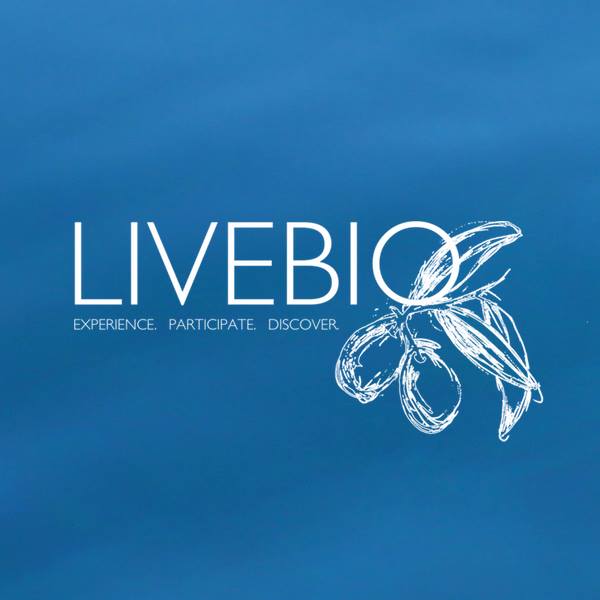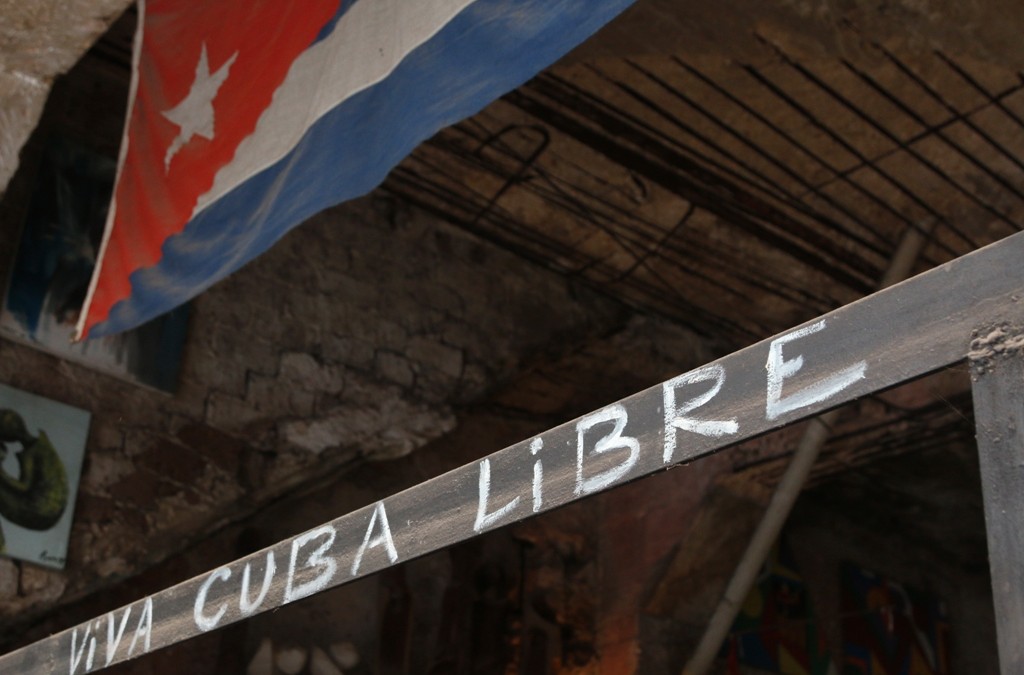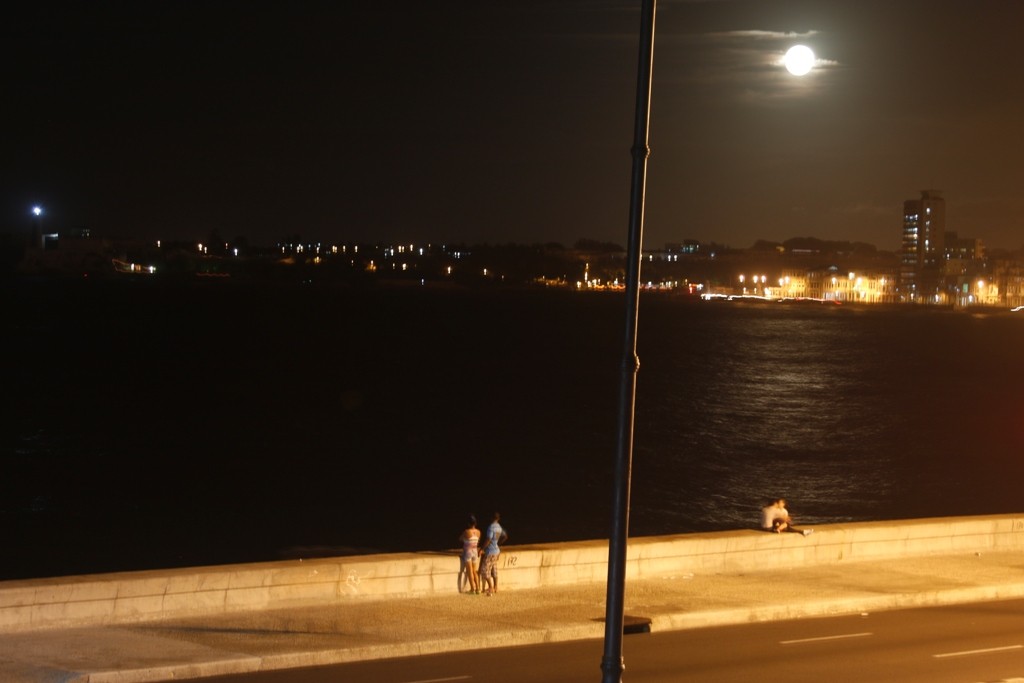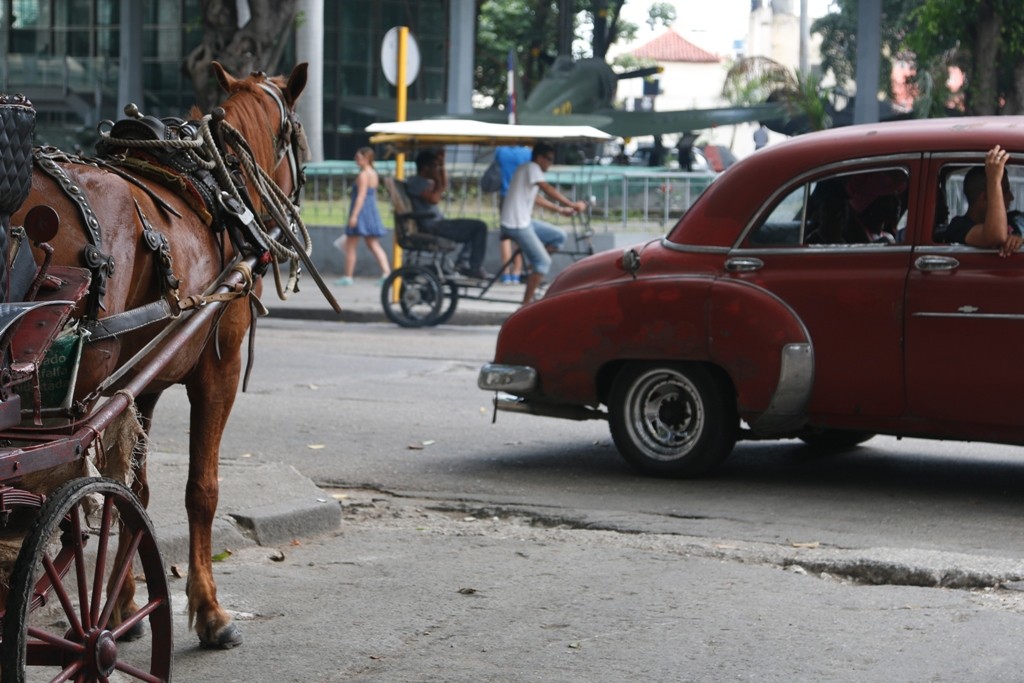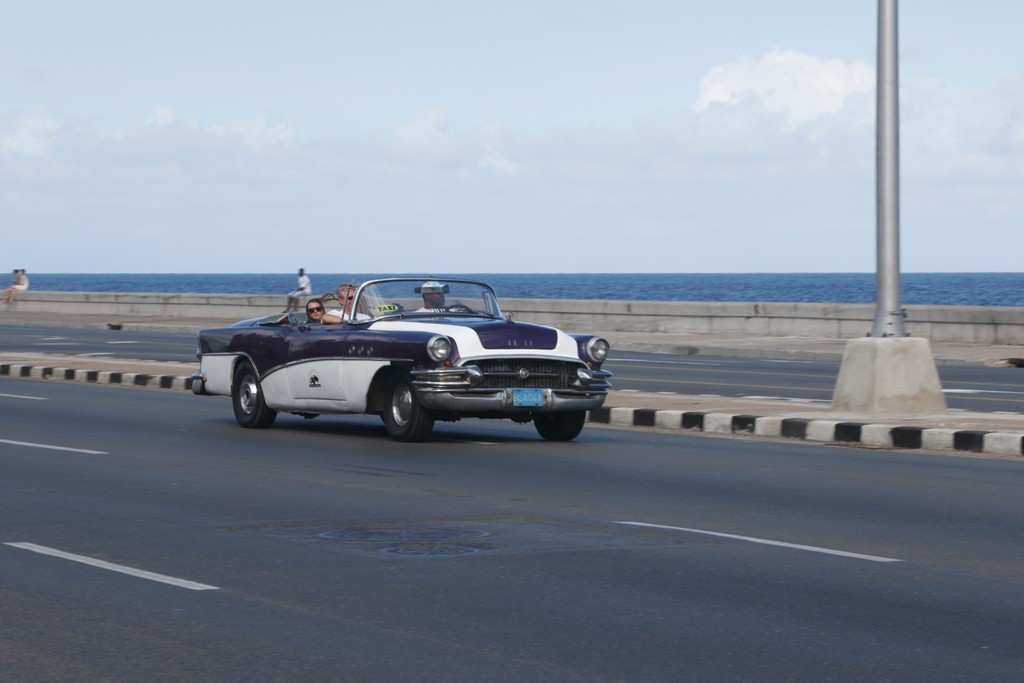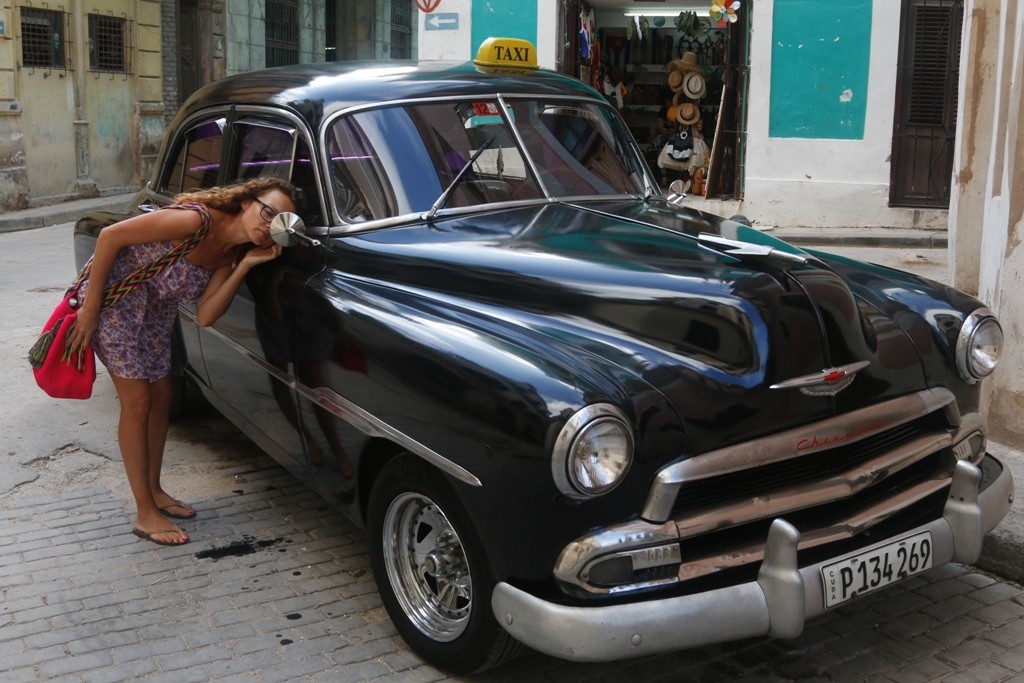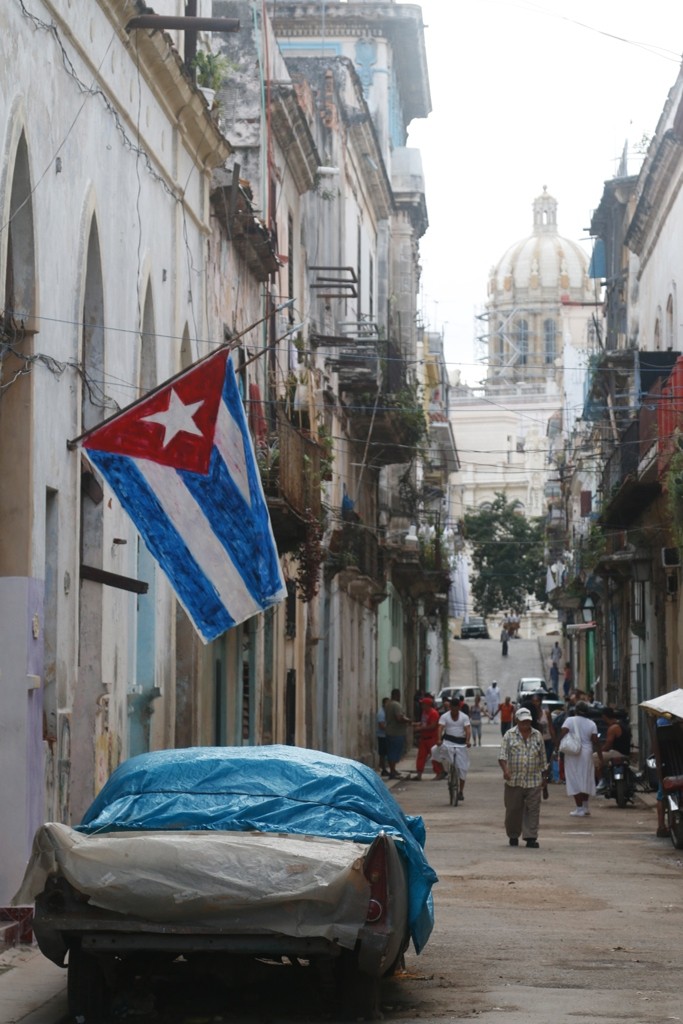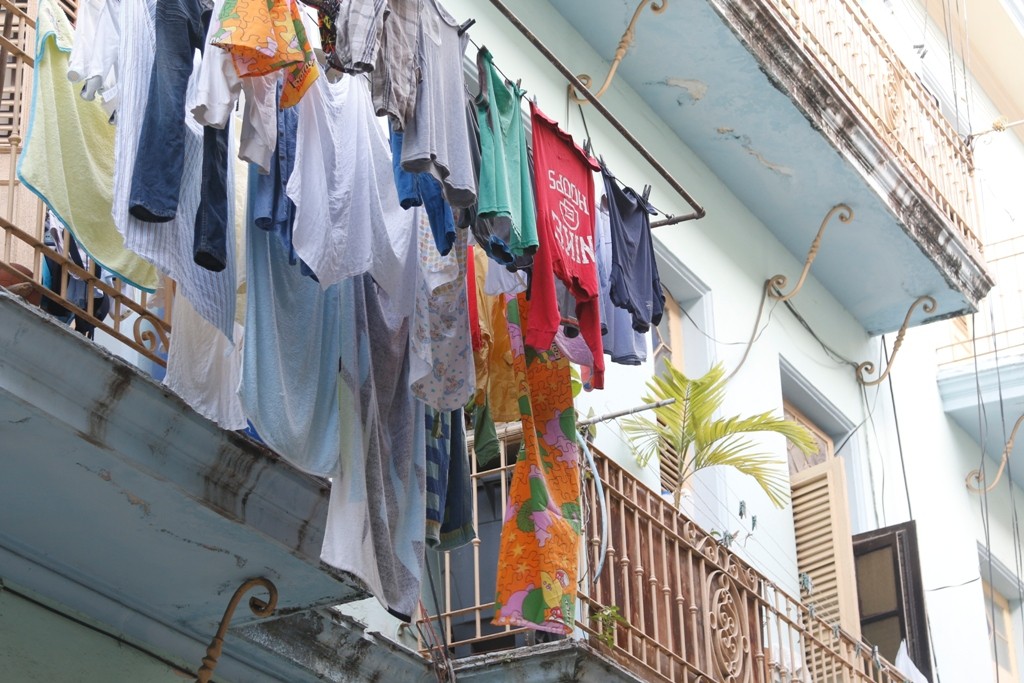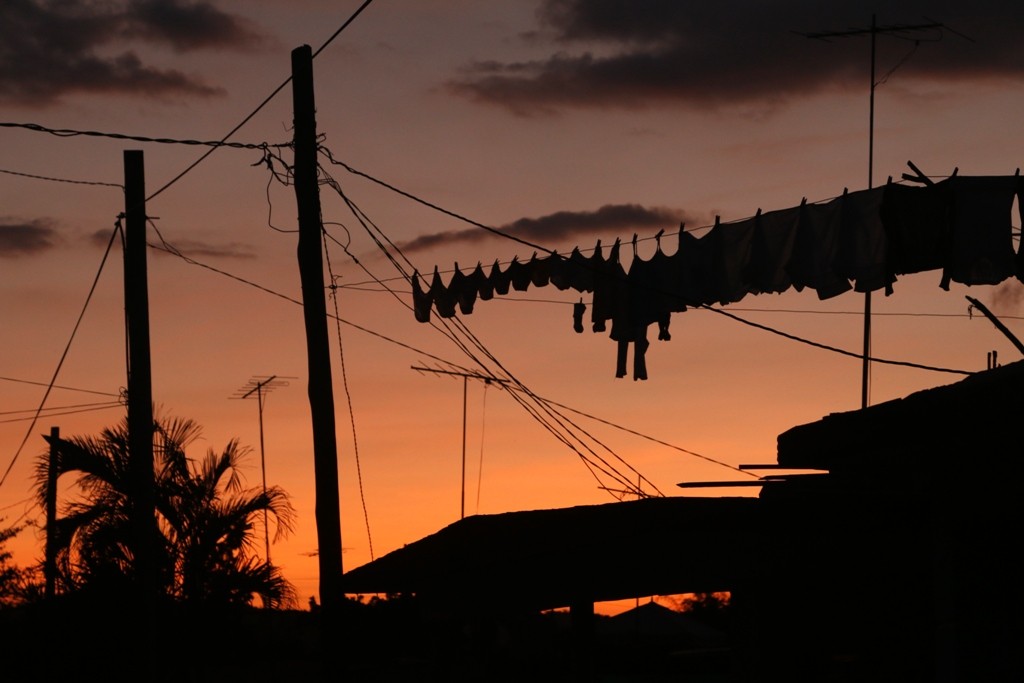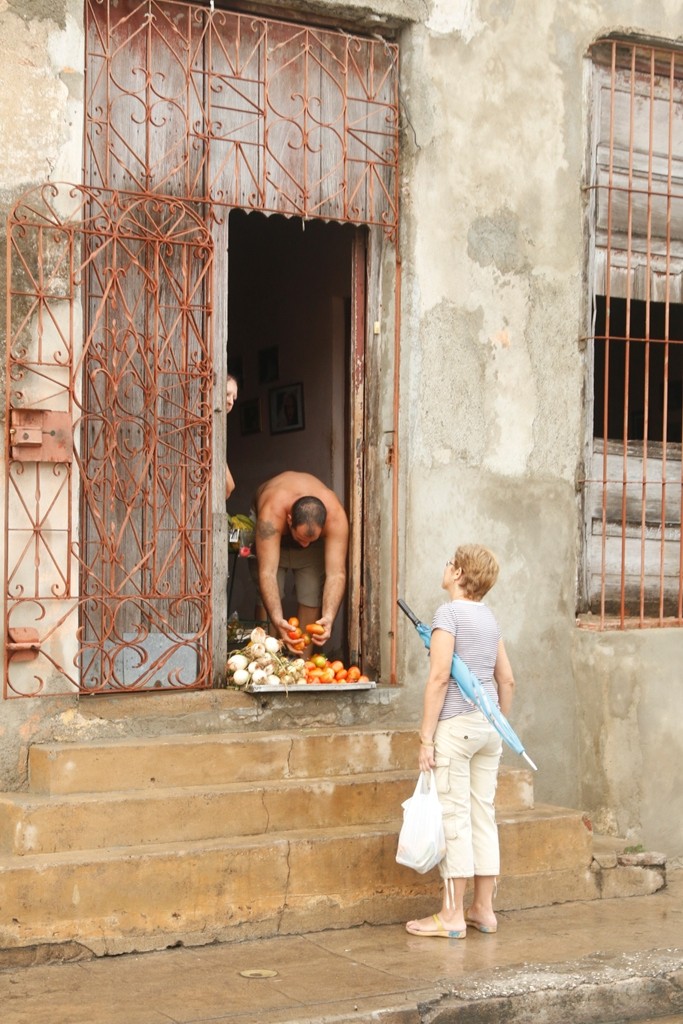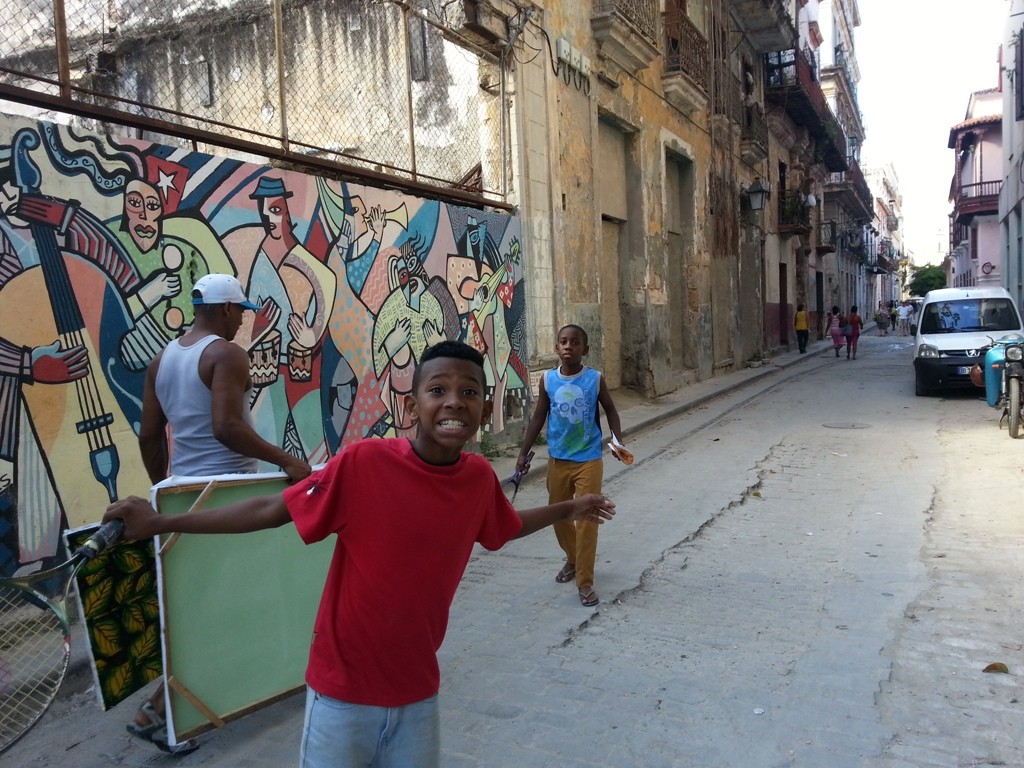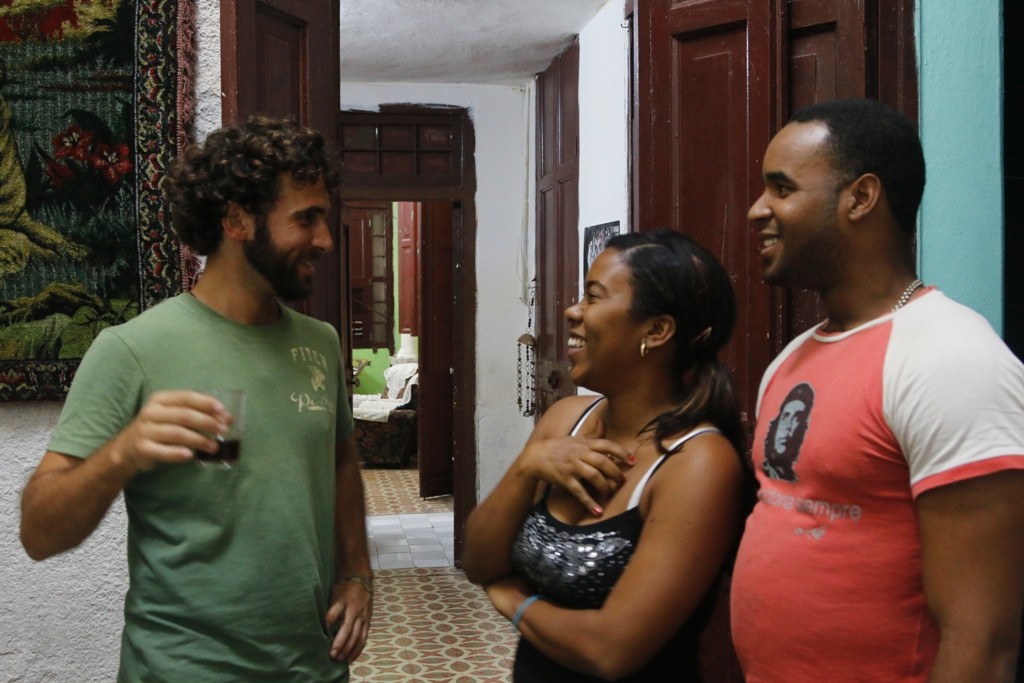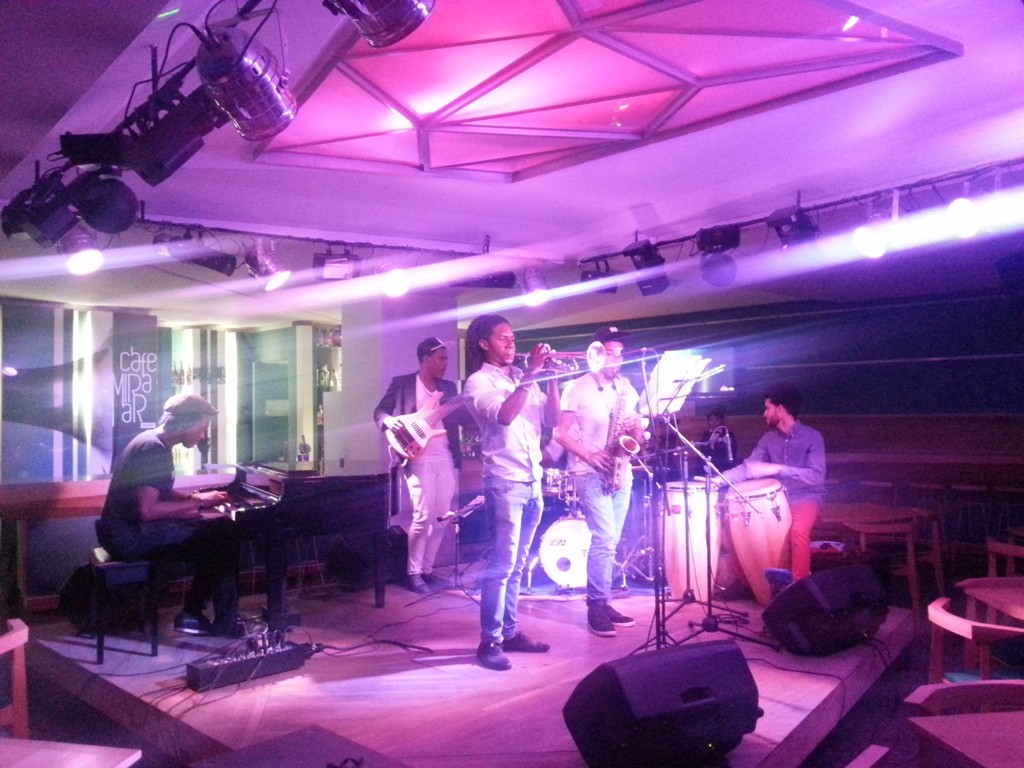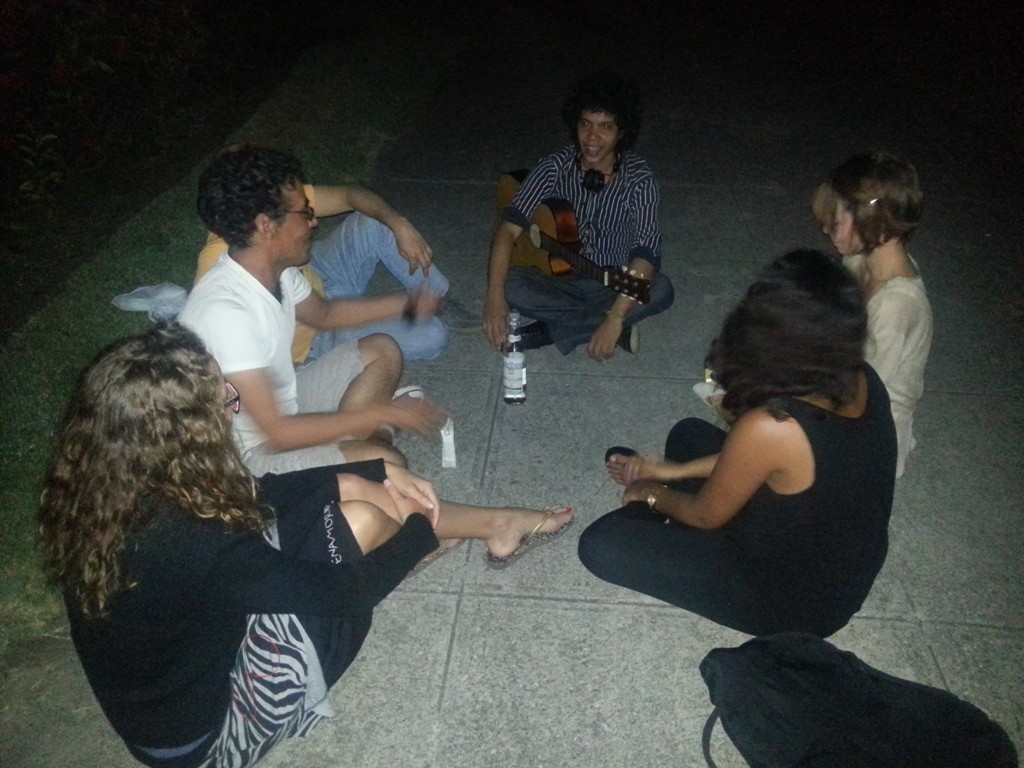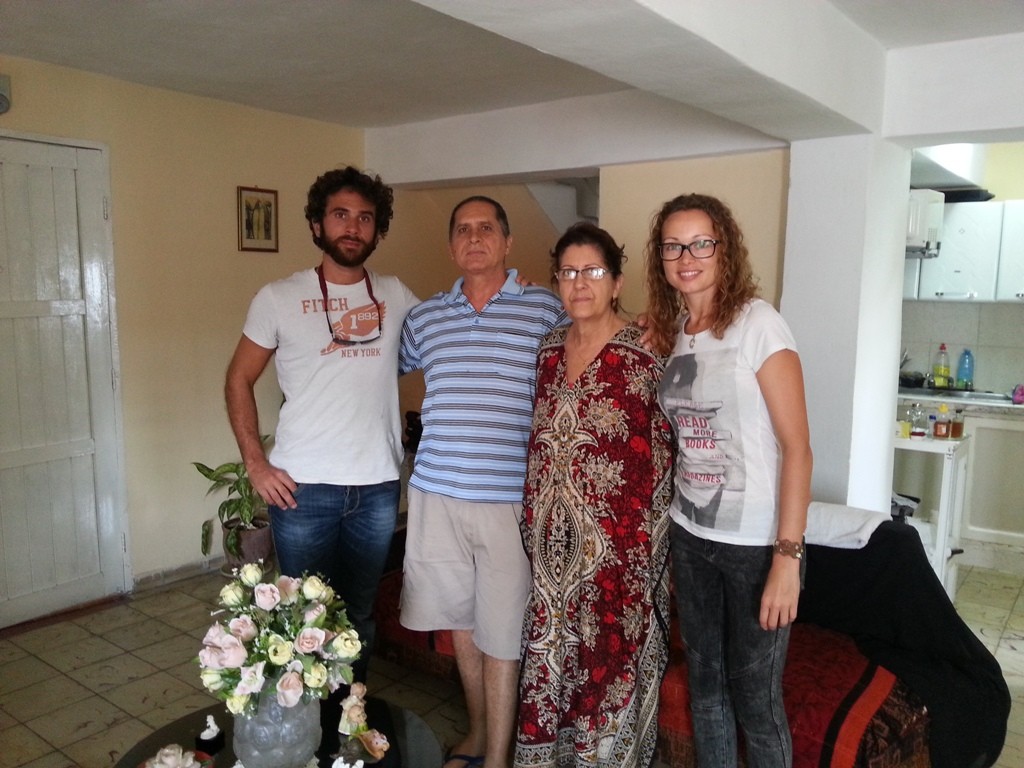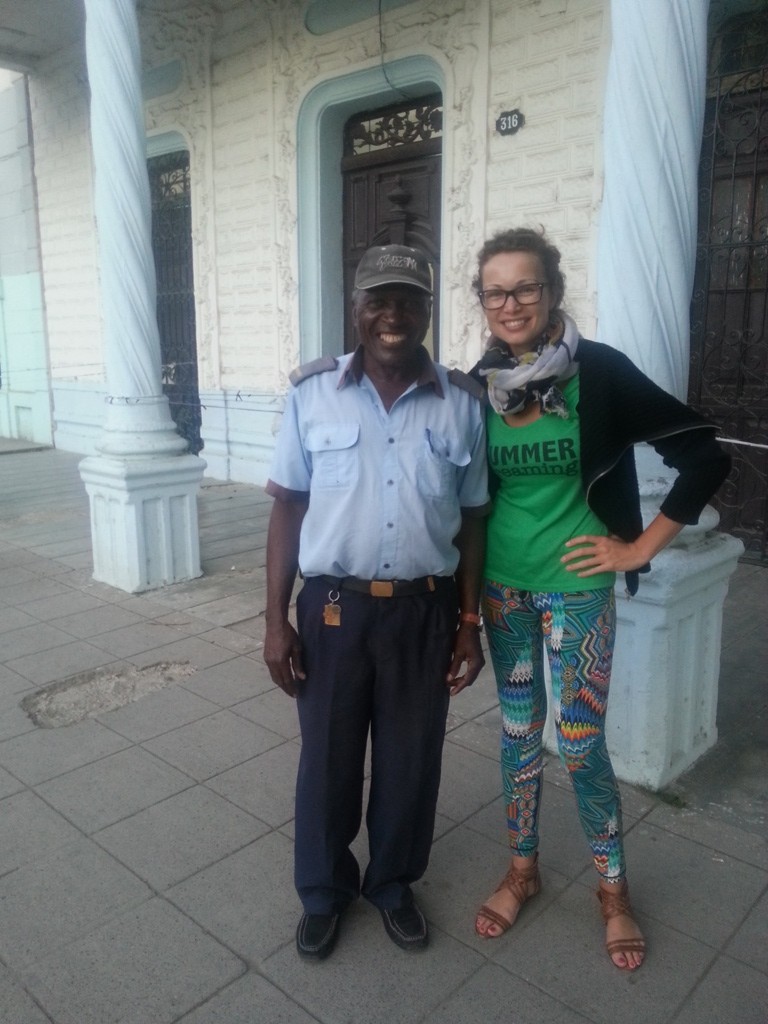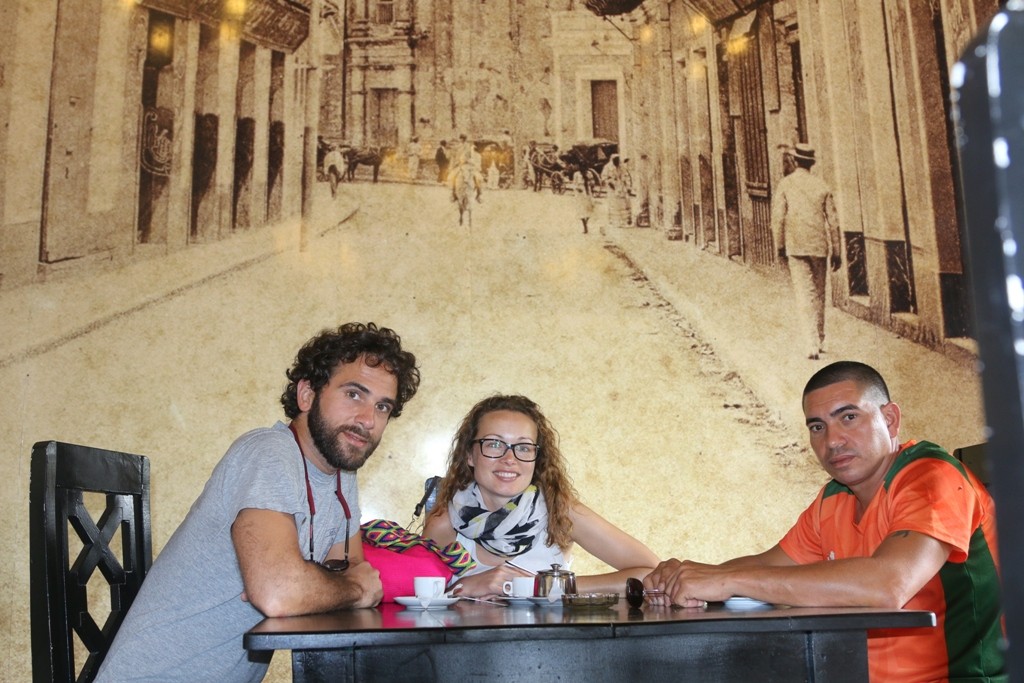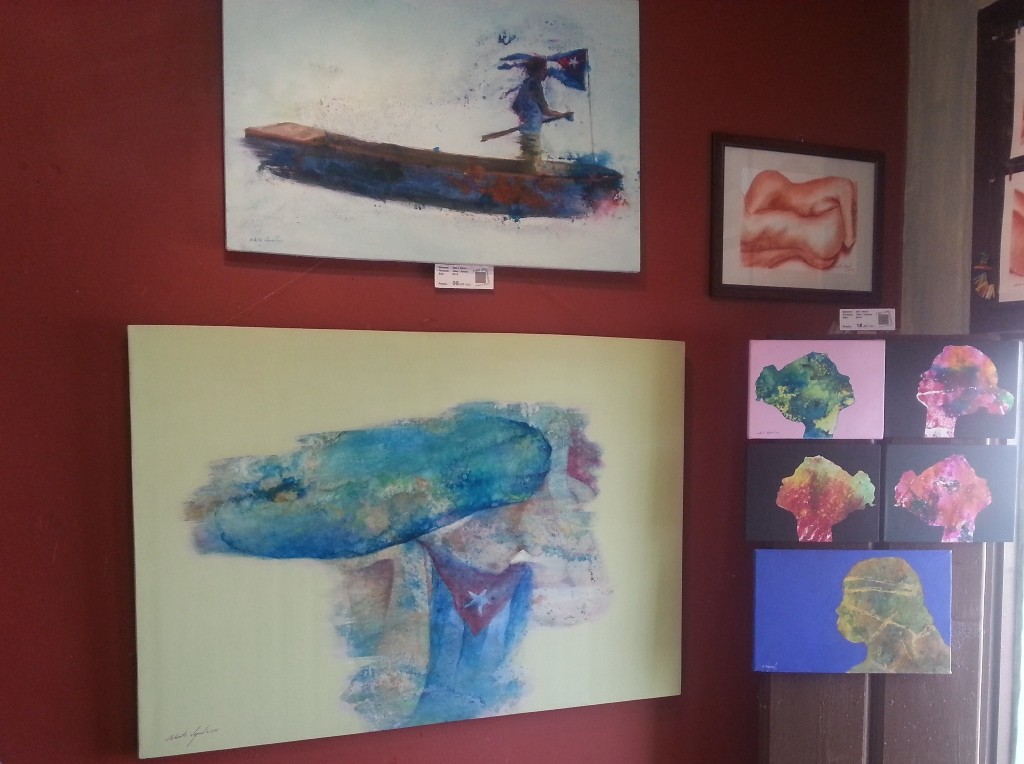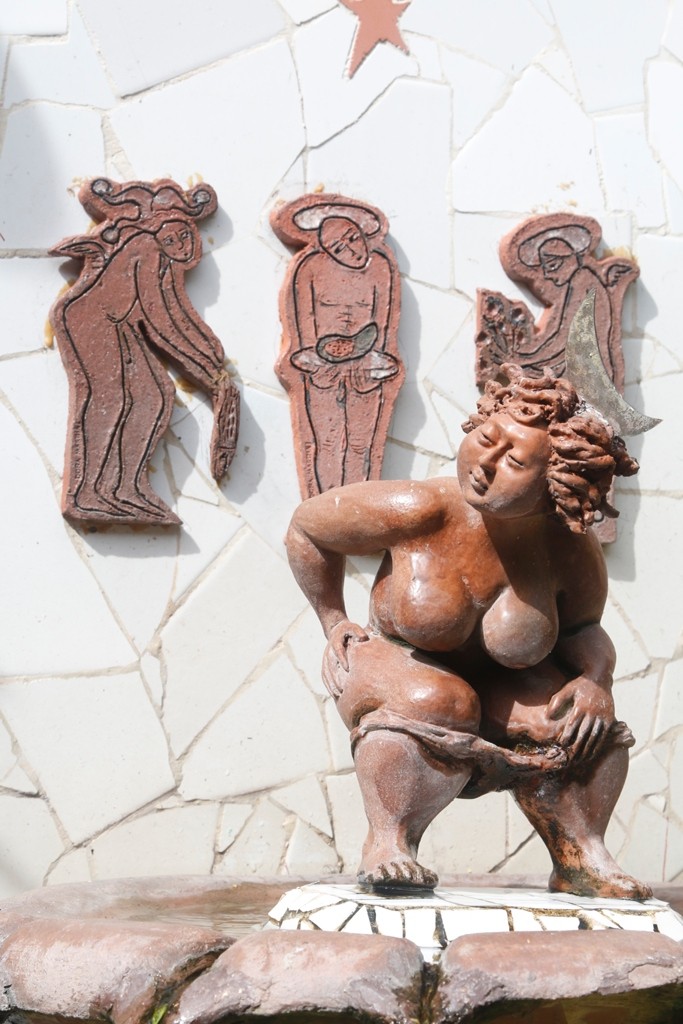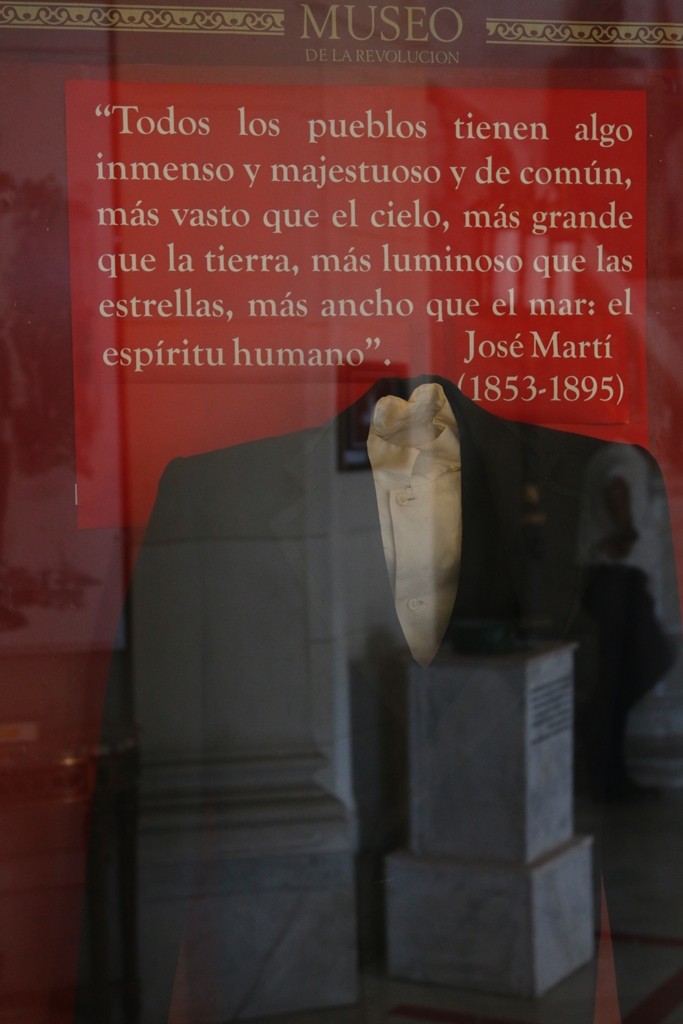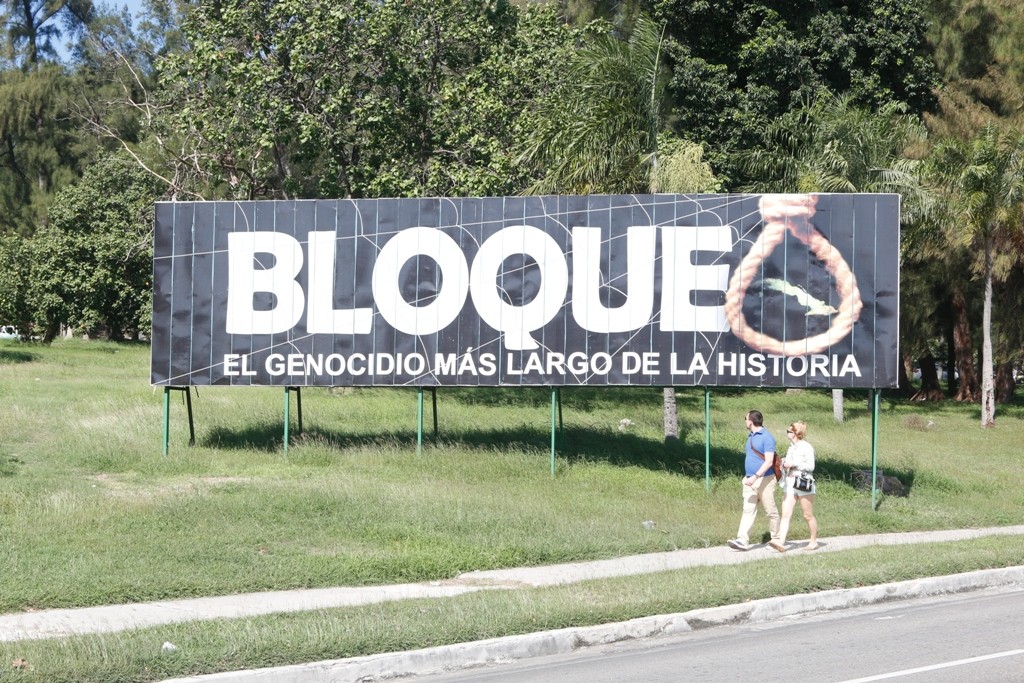We travelled to Cuba in the beginning of January 2015, a few days after the US government announced the end of more than 50 year old embargo. The country of Fidel Castro, Cohiba and salsa music welcomed us in the early evening hours, full moon rising above the Malecon, with hundreds of old Chevrolet and Lada taxis passing by slowly on the vast streets of Havana. That is when I realised for the first time I took clean air for granted. Yes, those stylish cars from the 60’s were amazing, but they produced fumes, lots of them, something we had to get used to for next few weeks. But you quickly forgot about the pollution once you got into one of those magic vehicles, totally refurbished inside and outside, modern radio playing hot salsa rhythms, the driver telling you endless stories and “educating” you about Cuban reality.
Havana was actually quite intense as a city, lots of tourists strolling through the streets of Havana Vieja and the Malecon, some frantic locals constantly offering tours, in one of those magic vehicles or in a horse carriage, t-shirts with Che Guevara, handbags with a Cuban flag or uncertified cigars. Havana Vieja felt a bit like Disneyland, even the music playing live in the cafes and bars that we were passing by sounded a bit too commercial. This part of town was a well looked after enclave with beautifully restored buildings, cobble stone streets and clean courtyards. The moment we moved to less frequented paths, the landscape started changing drastically. Road works, laundry drying on the tiny balconies or just outside massive, colonial style windows, kids playing on the street, chicken, dogs, someone selling fruits or meat. This view felt more real. It also showed us the hardships that the locals have to go through. The shops had very few items to offer, mostly rice, frijoles (beans), white bread, salt, one type of cheese, root vegetables and a lot of rum. And yet, Cubans are always able to smile, dance and appreciate life for as simple as it is. They are the most selfless people I have ever met. With the little they have, they still share. They are educated, opinionated, respectful, creative, talented and always, always with a happy heart. Nobody has access to Internet and yet everybody knows what is happening around the world. They sing along to the latest music hits, drink Cuban made Coca Cola (called Ciego Monterro), wear western branded clothes and watch Hollywood movies (that someone managed to get from America and distributed by USB stick among the local community).
One of the country’s biggest natural resources is the artistic talent of its’ people. We heard some exquisite jazz, saw incredible paintings and witnessed beautiful dancing moves. I really hope with the opening of new commercial avenues a lot of those artists can be discovered as there is a new generation of them ready to take on the world and become the new “Buena Vista Social Club”.
One thing in particular impressed me about Cubans: their entrepreneurial spirit! Even though they live in a centrally controlled economy, they find ways to set up small businesses (which the government started to allow a few years back), network with others throughout the country for exchange of customers (all communication happens via landline telephone) and market their businesses on Internet with the help of family members and friends living abroad. After having seen this, I think, if the Cubans can do it in such adverse circumstances, anyone can! There just has to be the will to work hard and never give up.
This nation has been through so much, including their worst crisis in the 90’s after the collapse of the Soviet Union and with it all economic liaisons that were keeping the country afloat. We listened to the stories of the locals that lived through those terribly hard times with no water, no electricity, no soap, no food but always with a song in their heart. It was their human spirit and solidarity with one another that made them survive. In the Museum of the Revolution in Havana we read these words of the first revolutionary icon of Cuba, Jose Marti (1853-1895): “All nations have something immense, something majestic and something in common, more vast than the sky, bigger than the Earth, brighter than the stars, wider than the sea : the human spirit”. I think this is what defines Cuba for me. Yes, they are 50 years behind the rest of the world, but they have not lost this quality. Something that all of us living in the developed world should remind ourselves more of, more often.
